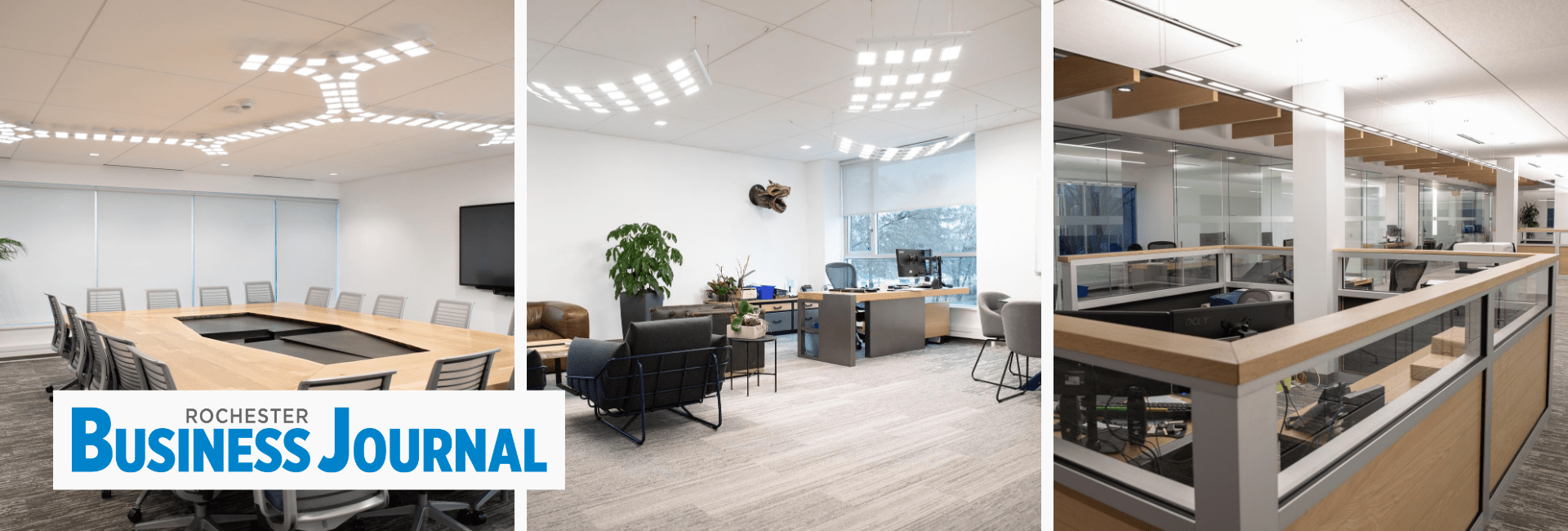
Healthy Light in the Workplace
Healthy, happy employees result in more profitable companies—the research is clear. Investments in employee health pay off in a reduction in sick days, increase in employee productivity, and reduction in employee turnover costs. In the last couple decades, companies have made the investment in health and exercise initiatives, Employee Assistance Programs, and smoking cessation, but new studies are proving the impact light in the work environment can have on health and productivity.
Future Workplace Employee Experience Study found 78% of employees say access to natural light and views improves their well-being and 70% report improved work performance.
Why is this? Light impacts circadian rhythms, which play a role in melatonin secretion, blood sugar levels, and leptin, the hormone that helps people feel full after a meal. Natural daylight can help to maintain circadian rhythms, while blue light, such as those in LED lights and computer screens, can interrupt this rhythm.
While daylight is ideal, this presents challenges for office design and budgets, and for many latitudes and climates.
What’s more: traditional office design puts executives around the exterior in windowed offices, while employees who typically spend the most time at their computer screens are clustered in the interior under LEDs or fluorescents. This dichotomy can significantly impact productivity from the workers your business depends upon.
Many commercial workspaces have switched from fluorescent to LED for cost savings, but these light sources are rich in blue light, which contain the highest levels of energy at 480-570nm wavelengths. These are not part of the visible section of the natural sunlight spectrum, which our bodies are naturally accustomed to.
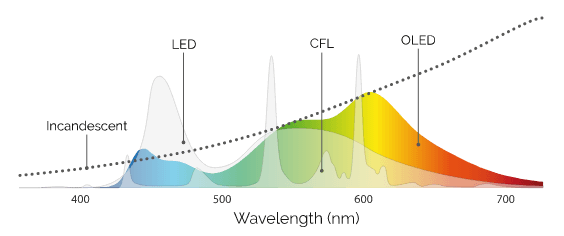
Image Credit: Aerelight
Employers are taking note of the side effects that come with LED light and are updating their lighting systems to a healthier option with OLED. As many people spend the majority of their workdays at their desks in front of LED computer screens under harsh lighting, the switch is noticeable and welcomed. “As a business owner, it’s my responsibility to my people. We put OLEDs throughout our office, and the mood is noticeably better. It’s softer, happier light,” shares Ed Shill, CEO of QCI Asset Management [see their use of OLED lighting in QCI offices here].
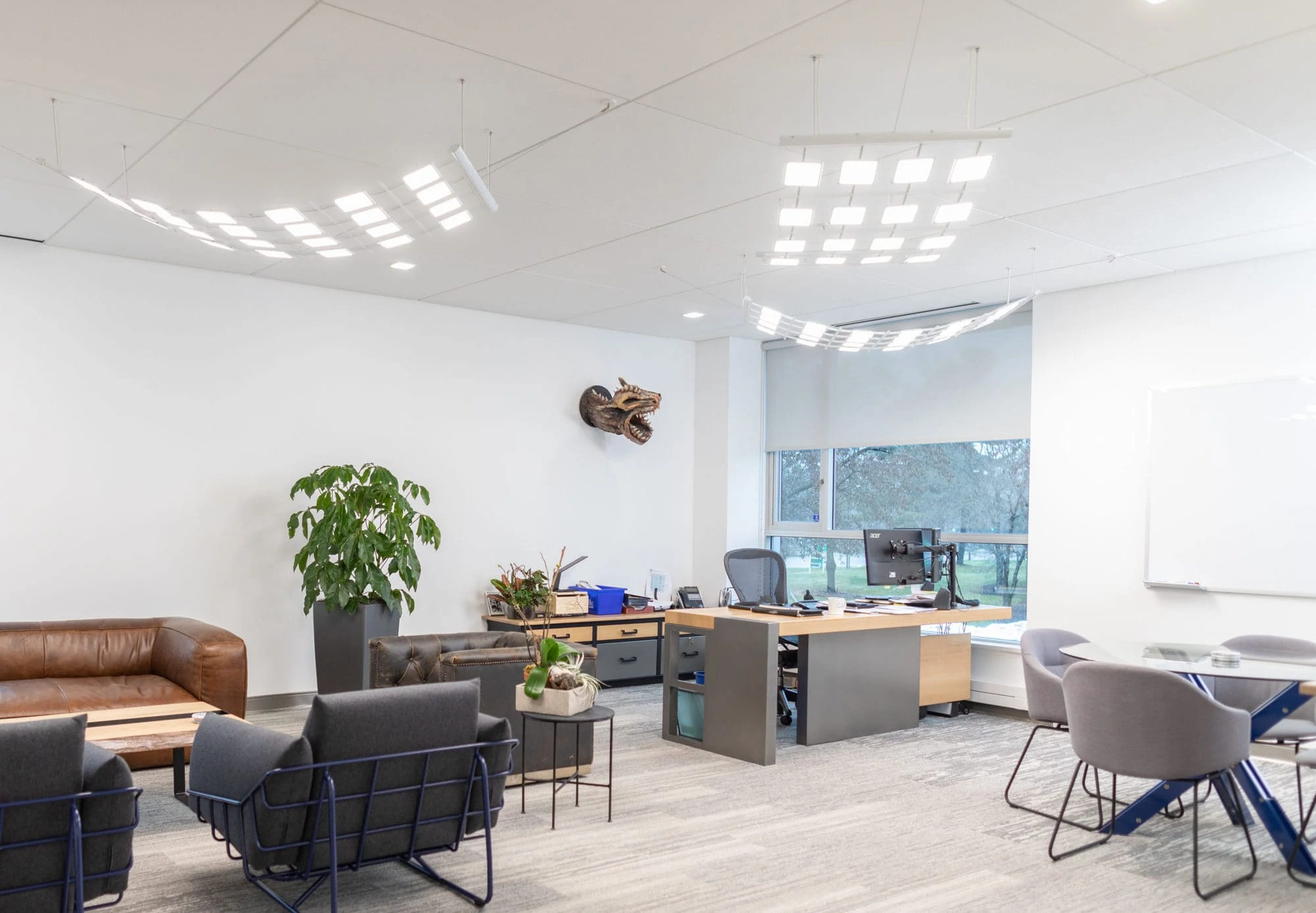
Canvis by Acuity Brands, at QCI Headquarters
The cost savings in energy efficiency is easy to quantify. The savings in employee productivity, reduced sick time and turnover are even more significant. To learn more about OLED commercial lighting so you can design your own healthy and productive workspace, visit our FAQ page.
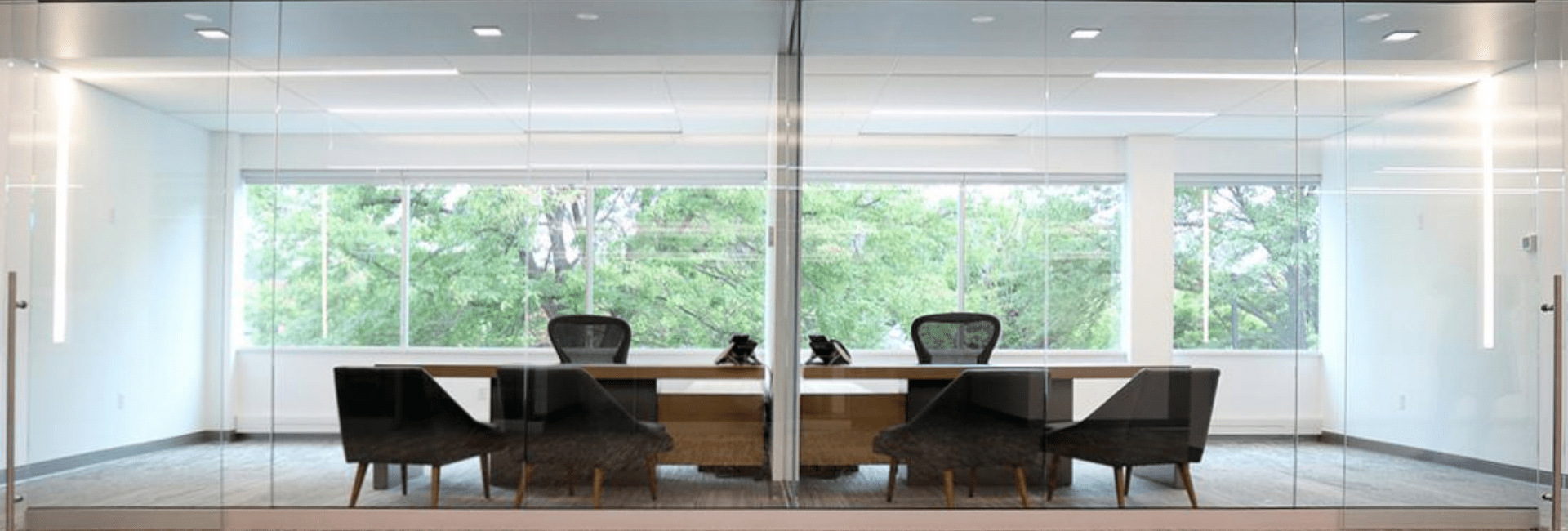
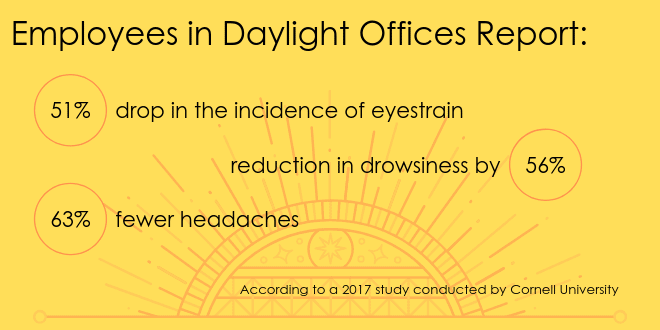

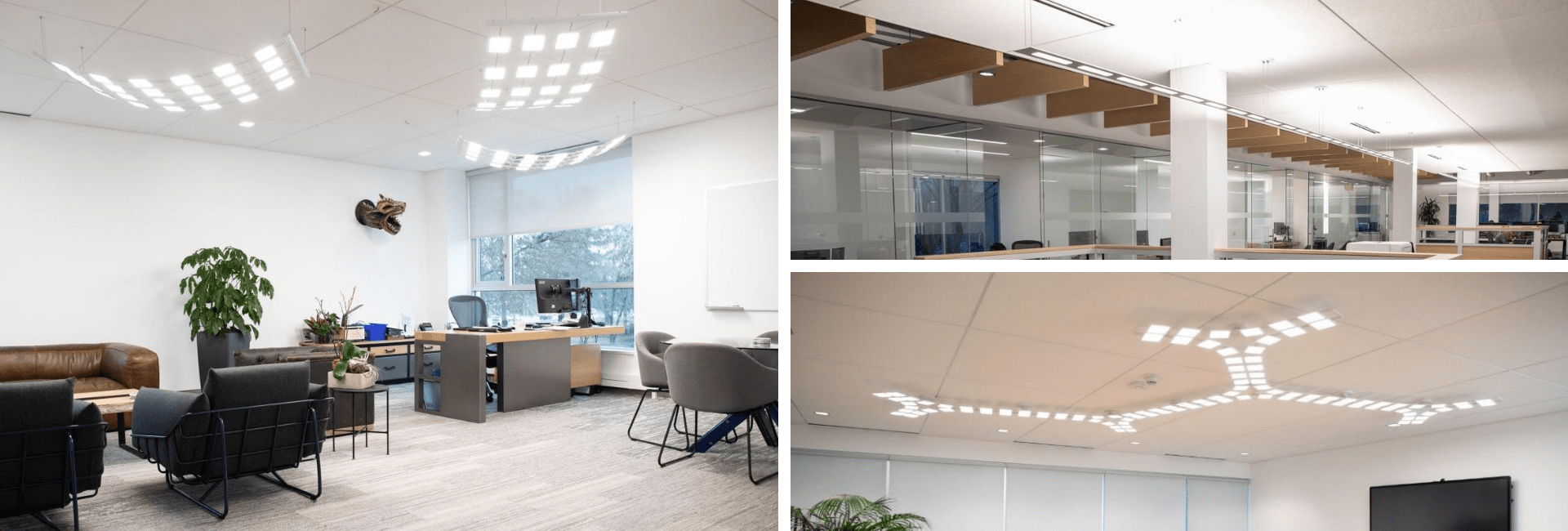
![[eBook] How OLED is Healthy Light for Our Well-Being](https://www.oledworks.com/wp-content/uploads/2020/08/top-banner-image-blog-page-healthy-ebook.webp)